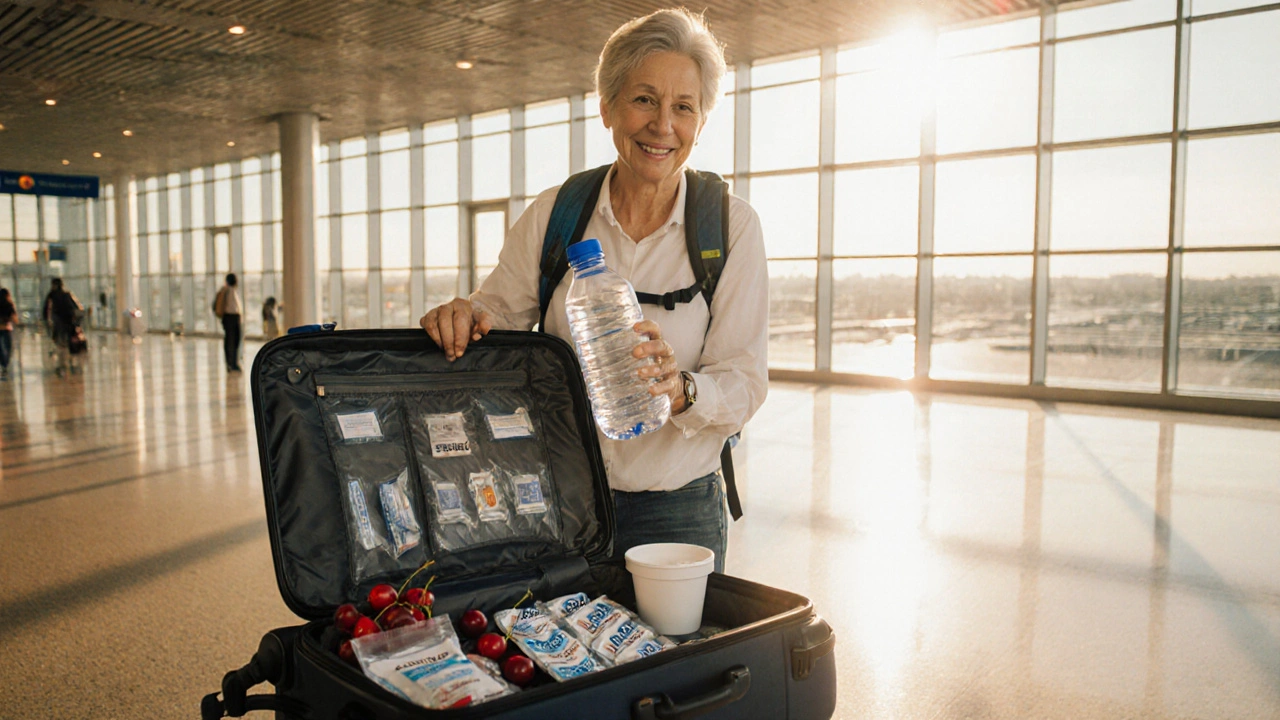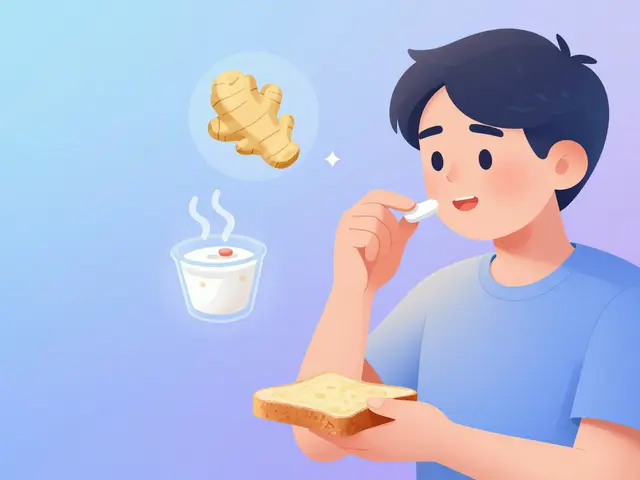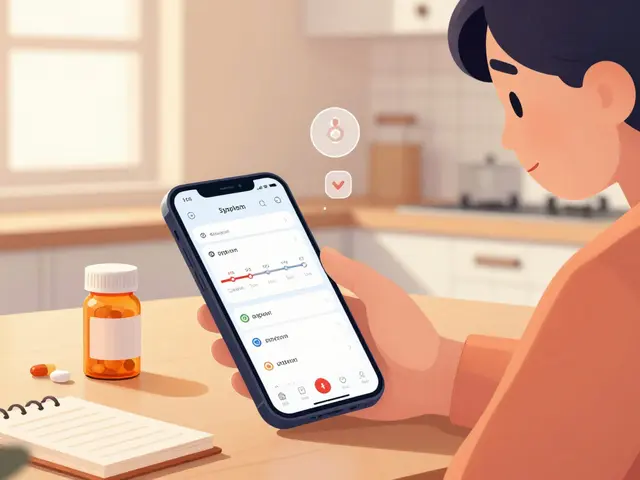Manage Gout on Vacation – Your Complete Guide
When planning a getaway, manage gout on vacation, the process of preventing gout attacks while away from home. Also known as gout travel management, it involves controlling uric acid, the chemical that builds up and triggers gout flares, avoiding dietary triggers, foods and drinks that raise uric‑acid levels, and using appropriate travel medication, prescriptions or over‑the‑counter options for gout pain relief. Understanding how these pieces fit together helps you stay comfortable on the road.
First, know that manage gout on vacation starts with your baseline health. If you already have a gout diagnosis, regular checks with your doctor are a must before you book a flight. Your doctor can adjust allopurinol or other urate‑lowering drugs to match the stress of travel, and provide a short‑term anti‑inflammatory prescription for emergencies. Keep a written list of these meds, their dosages, and a copy of your prescription in your carry‑on. This simple step prevents last‑minute pharmacy runs that can ruin a trip.
Food, Drink, and Timing – The Core of Gout Prevention
Most gout attacks are sparked by high‑purine foods such as red meat, organ meats, shellfish, and even some legumes. While on vacation, you’ll likely encounter buffets, street vendors, and local specialties that include these items. The key is to plan ahead: research restaurant menus, ask servers about ingredients, and opt for low‑purine alternatives like grilled chicken, tofu, or fresh vegetables. Alcohol, especially beer and spirits, raises uric‑acid levels quickly, so limit intake and stay hydrated with water. A good rule of thumb is to drink at least eight glasses of water a day; this helps the kidneys flush out excess uric acid. If you’re unsure about a dish, choose plain rice or bread as a safe base.
Beyond diet, packing the right accessories can make a big difference. A small cooler bag lets you store ice packs for swollen joints, while compression socks improve circulation on long flights. Pain‑relief creams containing menthol or capsaicin can provide temporary comfort if a flare‑up occurs at night. Don’t forget a travel‑size medical kit that includes ibuprofen, colchicine, and any prescribed NSAIDs. Having these items on hand means you won’t be caught off guard when the first twinge appears.
Finally, consider the timing of your medication and activities. Taking urate‑lowering drugs consistently, even across time zones, maintains steady blood levels. Set alarms on your phone to remind you of each dose. Schedule strenuous activities such as hiking or dancing for times when you’ve already taken your medication and had a light meal. If you’re staying at a hotel, request a fridge for storing meds that need refrigeration. Small adjustments like these keep your gout under control and let you focus on sightseeing instead of swelling.
All these strategies—medical prep, smart eating, hydration, and smart packing—form a complete toolbox for anyone who wants to enjoy a trip without gout interruptions. Below you’ll find a curated list of articles that dive deeper into each of these topics, offering step‑by‑step advice, product recommendations, and real‑world stories from travelers who’ve mastered gout management on the road.
Learn practical gout travel tips to stay pain‑free on vacation: hydration, diet, medication timing, footwear, and emergency planning for a smooth, flare‑free trip.



